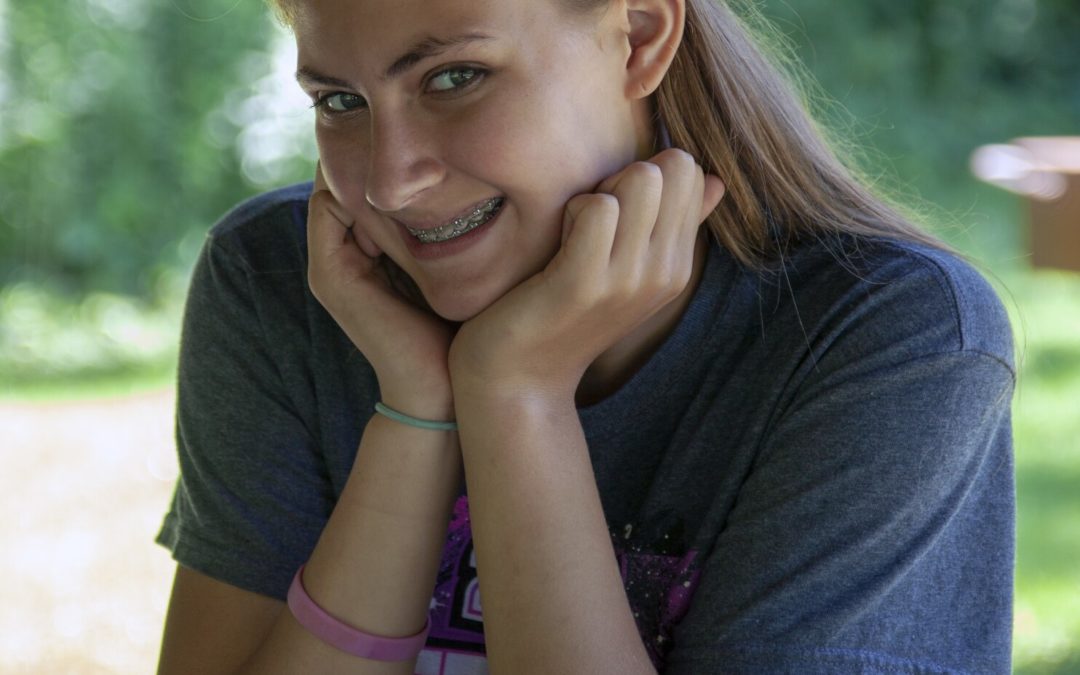Up to 75% of children could benefit from braces and an estimated 45% of them need braces to correct a misaligned bite. Do you think that your child fits into one of these categories?
Braces for children are more common than ever, but what’s the best age to get braces anyway? Is there a right or wrong time?
Let’s talk about it! Read on to learn all about when you should start considering braces for your child (and how to prepare them).
Is There a Best Age to Get Braces?
You can get braces at any age provided you have healthy teeth. With this in mind, it’s best for a child to get braces in their pre-teen to early teen years. Between the ages of eleven and fifteen seems to be best, but this depends on the child’s development.
This is true for a few reasons.
First, by this point, the child should be able to take care of their own oral health to some degree (which is essential when they have braces that require extra care). The child has fully developed teeth, but they’re still growing and changing, making those teeth easier to move.
When a child has braces, they also blend in with their peers. While adults can certainly get braces, many feel self-conscious because adult braces are less common and thus more noticeable.
When Should You Take a Child to the Orthodontist?
Even though your child won’t be getting braces until they’re a bit older, it’s not a bad idea to take them to the orthodontist while they’re still in their single digits. Some orthodontists recommend that a child sees them for the first time by age seven.
At this age, the child may not have all of their adult teeth yet, but an orthodontist will be able to identify some potential future problems, such as common bite issues or the potential for crowding.
The orthodontist may also be able to offer early intervention if your child is a good candidate for it.
How to Know Your Child is Ready for Braces
Because there’s an age range, you might have a hard time figuring out if your child is ready for braces. Some children aren’t ready until they’re older teens, while others are ready right at age ten.
Here are a few ways that you can tell your child is ready for braces.
They’re at Least Somewhat Responsible
A child needs to be responsible to have braces. Braces require extra care and attention, and the child will need to keep up with their oral hygiene with more discipline.
This is especially true if your child or teenager gets clear aligners. We recommend that children don’t get aligners until they’re teenagers for this reason.
With aligners, children need to remember to wear them for up to 22 hours per day while also remembering to remove them for every meal or non-water beverage.
They also need to maintain better dental hygiene and not lose the aligners during the day.
They Have All of Their Adult Teeth
This is essential. Unless an orthodontist has approved some form of early intervention, a child needs to have all of their adult teeth before they get braces.
Your child’s baby teeth are important and should be kept healthy, but they won’t be around long enough for braces to be effective. Adult teeth can still grow crooked if baby teeth are straight.
Dental Professionals Have Approved
Often, your child’s dentist will be the first one to recommend braces. They’ll refer you to a local orthodontist, who will then confirm or deny that the dentist was correct.
The orthodontist will take an x-ray of your child’s teeth and jaws and let you know whether they think that your child is ready for orthodontic work. They may ask you to wait a year and come back.
How to Help Your Child Adjust to Braces
For many children, the idea of getting braces is scary. They may also feel embarrassed about their new (or future) braces, making them less willing to get them.
Braces don’t just make your child’s teeth straighter. They also make them healthier. It’s important for you to get your child used to the idea of having braces and to keep them comfortable during the treatment process.
Find a way to get your child excited about braces. For younger children, it’s often enough to find a cartoon character who has braces so the child has someone to relate to.
You can show them examples of braces in fashion (which can be effective for teenagers). Braces have been a part of street fashion for some cultures for decades!
Show your child that braces don’t have to be boring. You can get colorful rubber bands or more subtle varieties.
Make sure you prepare soft foods for your child after each appointment. They’re likely to be a bit sore!
Can You Still Get Braces as an Adult?
While it’s best to get braces in childhood, adult braces are more popular than ever.
When you’re an adult, you’ve finished growing. Your jaw is far less malleable than it was when you were a child or teenager, and this means that treatment may take longer (though this isn’t always the case).
With this in mind, braces are still effective for adults!
Are You or Your Child Ready for Braces?
If your child is in their pre-teens or early teens, they’re at the best age to get braces. Responsible children who have all of their adult teeth can start their teeth-straightening journey!
Even if they’re older, or if you want braces for yourself, we still want to see you. You can get straight and healthy teeth at any age.
At Ross Orthodontics, we want all of our patients to love their smiles. Contact us to set up a consultation today.


